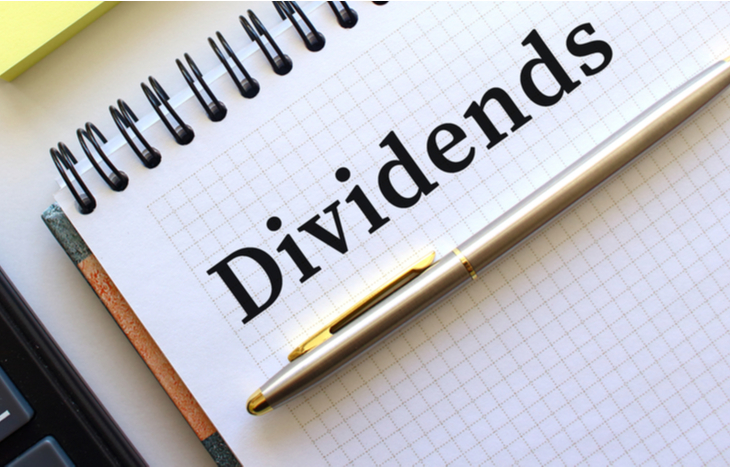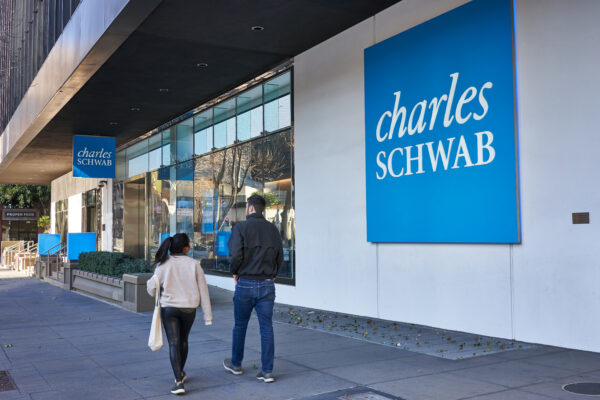Dividends in Arrears Definition
Dividends in arrears are dividends that have not yet been paid to certain shareholders. Not all types of stock come with a guaranteed dividend. However, some types do. Hence, those shareholders expect to see regular dividend payments.
Unfortunately, there may be times when companies are not able to make their expected dividend payments. When this happens, they record on the balance sheet as dividends in arrears.
As mentioned, dividends in arrears don’t apply to every type of stock. Let’s take a look at who needs to know about them and how this situation arises.

What Are Dividends in Arrears?
Dividends in arrears are dividend payments that have not yet been paid on cumulative preferred stock, also known as preference shares. In this case, cumulative refers to the fact that these dividends will accumulate until payment.
Dividends are ordinarily paid to preference shares quarterly or annually. And the amount is typically based on the par value of the stock. Hence, a 3% dividend on preferred stock with a $100 par value receives a $3 dividend. But if a company is struggling financially, its board of directors may vote to suspend dividend payments. This will usually last until its cash flow improves.
Keep reading for more info on dividends in arrears.
Common Stock vs. Preferred Stock
In some cases, companies pay dividends to all of their shareholders. This includes owners of common stock. It’s the type of stock the majority of people own. Preferred stock is an asset that falls between bonds and common stock. This is because, like bonds, a preference share has a guaranteed interest payment. And this interest payment comes in the form of a dividend.
Owners of this stock have priority when receiving dividends. They are also paid before common stockholders. But dividend payments are not guaranteed to owners of common stock. In addition, common stock grants shareholders voting rights. Voting rights allow shareholders to vote on decisions such as electing board members.
There can be cash left over after preference shareholders receive payment. And if this is the case, a company may decide to issue dividends to common stockholders as well. But again, this is never a guarantee for common stockholders.
The other side of the coin is a scenario in which a company cannot afford to issue dividends. This can happen due to a recession or a whole host of other issues. When this happens, a company may have dividends in arrears that is owes to its preference shareholders.
What Happens When a Company Can’t Make Its Dividend Payments?
You don’t have to worry about any complicated calculations to determine your dividends. For preference shares, companies list the amount of their dividend payments in their financial filings.
For example, companies issue a prospectus to shareholders that gives information about dividend payments. These are also listed on the U.S. Securities and Exchange Commission’s EDGAR website. However, companies can’t always issue the dividends they promise, even to preferred shareholders.
If a company cannot make its dividend payments, they don’t simply disappear. Instead, they move to the balance sheet as dividends in arrears. The expectation is that the company will resume making dividend payments when it’s able.
Cumulative vs. Non-Cumulative Preferred Stock
Dividends in arrears only apply to cumulative preference shares. A company can have several consecutive quarters with limited cash flow. If this happens, it may miss several dividend payments. This will, in turn, add up as dividends in arrears. But this only applies if a company’s preference share is cumulative.
If a company issues non-cumulative preference shares, dividends on those shares are not cumulative. This means it isn’t required to pay dividend payments it missed. Even if its cash flow later improves. Non-cumulative preference shares is much less common than cumulative preference shares. This is great news for preference shareholders.
Dividends in Arrears: The Bottom Line
Those who own cumulative preference shares will receive regular dividend payments. And it’s usually issued quarterly or annually. However, a company’s board may opt to suspend dividend payments. The board is likely to do this if it doesn’t have sufficient cash flow. If preference shares are cumulative and dividends are suspended, they are added to the company’s balance sheet as dividends in arrears.
And if there is a suspension, owners of cumulative preference shares receive payouts before owners of common stock receive dividend payments.
If a company has dividends in arrears, it will once again issue dividends to owners of preference shares. And that’s assuming they are cumulative shares. Until then, they remain on the company’s balance sheet as dividends in arrears.
About Bob Haegele
Bob Haegele is a personal finance writer who specializes in investing and planning for retirement. His hefty student loan burden inspired him to pay off his loans, and now he’s helping others get their finances in order. When he’s not writing, he enjoys travel and live music.





